Renting a Car in Italy 2024: A Complete Guide
Renting a car in Italy is a great way to get around during your time in the country. It gives you a lot more freedom and flexibility than you have if you choose to depend on public transport and makes it easy to travel to off-the-beaten-path villages, beaches, hiking trails, and archeological sites.
People are often intimidated by the concept of driving in Italy and Southern Europe but the reality is that road conditions here are a lot better than many realise.
You are in good hands here. This guide has been written by someone who used to live in Italy and has travelled through the country extensively.
It will run through everything that you need to consider when renting a car here, where to find the best rental deals, where to visit on a road trip, and practical driving tips.
Renting a car in Italy in 2024
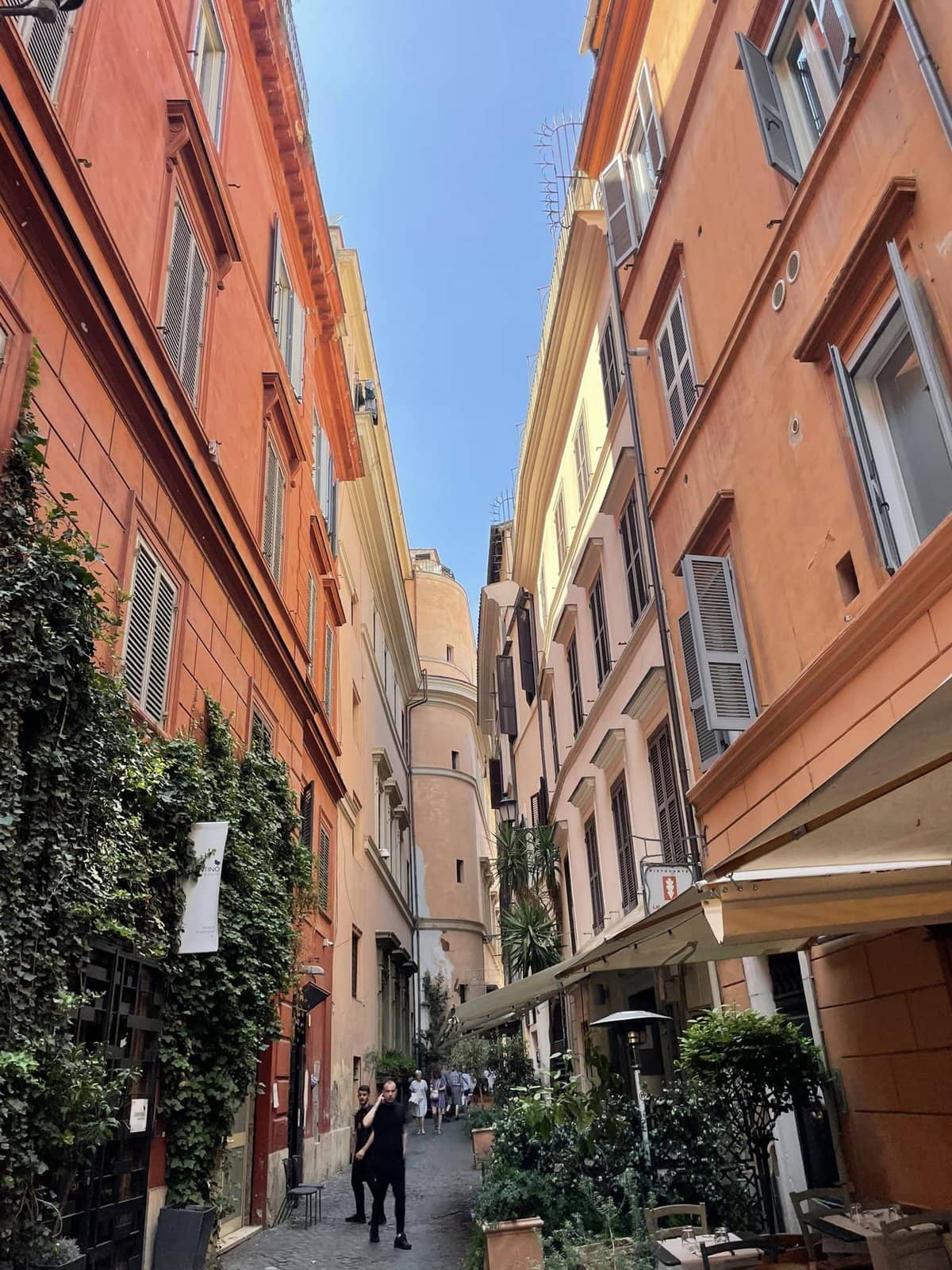
Beautiful Italy is one of the most popular travel destinations in the world and it is not difficult to see why. The country sees more than 51 million international tourists every year!
Italy is made up of 20 different regional zones, including the islands of Sicily and Sardinia. Italian cities like Rome, Florence, Milan, Bologna, and Venice are among the most popular tourist destinations in the country, along with the rolling green hills and vineyards of Tuscany as well as the colourful houses of the Amalfi Coast.
However, Italy also offers plenty of opportunities to travel off the beaten path – even in the height of summer! Indeed, the far northern and southern parts of the country remain largely untapped, at least for the time being.
One of the best ways to explore and experience them is on an Italian road trip!
Do you really need to rent a car in Italy?
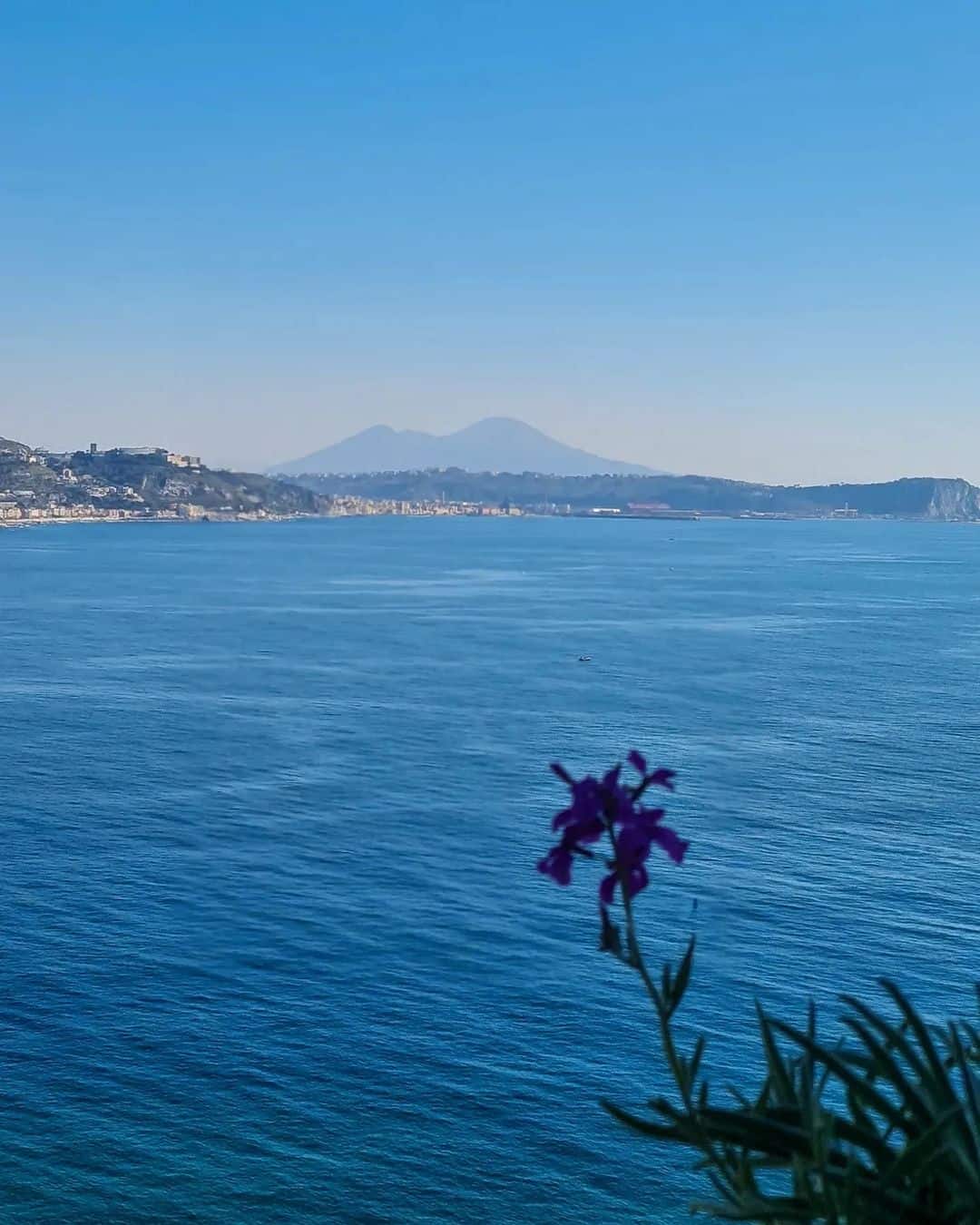
Okay. It may seem like a counterintuitive point to make in a guide that is all about renting a car in Italy but if you are considering hiring a vehicle here, it’s important to really look at your Italy itinerary and ask whether you need to.
Public transport in Italy is actually pretty good, especially if you choose to travel by rail. Trenitalia and Italo offer fast, reliable, and reasonably-priced connections to even the most far-reaching and remote parts of the country.
(People will often comment that you absolutely must have a car if you are going to be travelling to Southern Italy and areas like Puglia, Calabria, and Basilicata but the reality is that even here, transport links are pretty great).
For the most part, you only absolutely need a car if you plan on travelling way off the beaten path. Renting a car in Sicily will make your life a lot easier as trains and buses don’t always run to schedule here, and renting a car in Puglia will make it easier to get to some of the smaller villages, beaches, and national parks in the south.
If your itinerary is just going to take you in a loop around major Italian cities. (E.g. from Pisa to Rome, Rome to Florence, and Florence to Naples), you are better off taking public transport.
Driving in major Italian cities is best avoided unless absolutely imperative. Driving in Rome is a major nightmare – even for Italians!
Requirements for Renting a Car in Italy

There are several requirements that you need to meet in order to be eligible to rent a car in Italy. You must typically be aged between 21 and 70 and in possession of a full driving license.
Most rental companies require you to have a valid credit card but there are also those that accept debit cards. (However since a credit card offers you more protection, this is generally the better payment method).
EU citizens only need to show a copy of their EU driving license. If you are from another country (including US and UK driving license holders), you need to apply for an International Driving Permit prior to your trip.
Car insurance is essential and theft coverage comes highly recommended. You may also be asked to show an additional proof of identity such as your passport.
Age requirements for renting a car in Italy
The minimum age for renting a car in Italy is 18, but you will note that a lot of companies will not permit drivers younger than 21 to rent their vehicles. Regardless of age, you must have been in possession of a full driving license for at least a year before you are allowed to rent a car in Italy.
The maximum age is typically 70, though some companies stretch to 75. Drivers under 25 may have to pay a young driver’s premium.
Requirements for an International Driving Permit
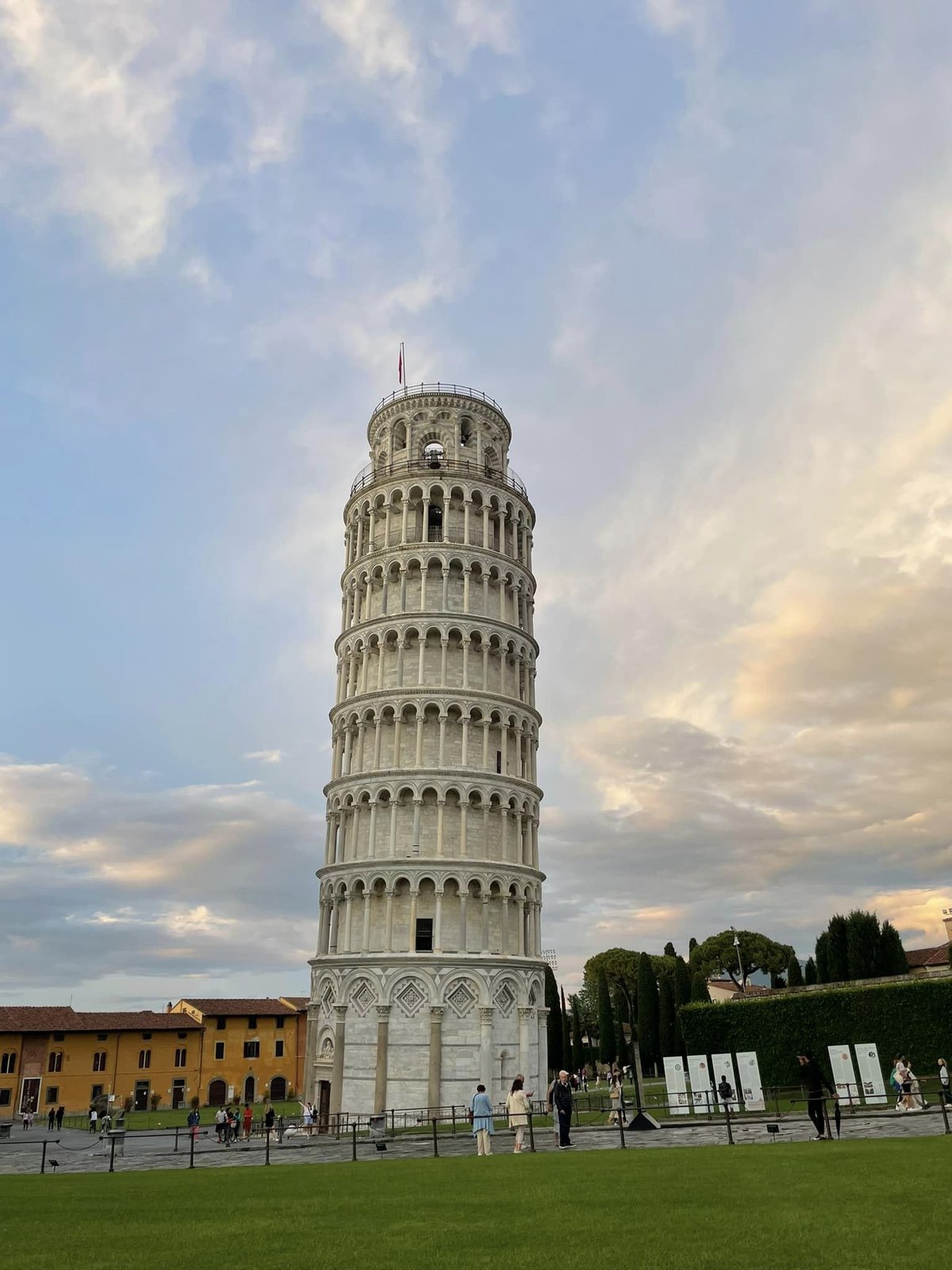
If you do not hold a full EU driving license, you will need an International Driving Permit (IDP) to be able to rent a car in Italy. This includes UK, US, Australian, and New Zealand driving license holders.
An IDP costs $15/£12.50. The process for obtaining an IDP varies from country to country.
You can search what the application process is for your country here. If you are from the US, this can be purchased from your local AAA office or online.
If you are from the UK, you can apply for your IDP through the post office. Be sure to apply plenty of time in advance.
Cost of renting a car in Italy
The cost of renting a car in Italy varies depending on the time of year that you are traveling, the type of vehicle you are renting, and where you are picking your rental car up from.
During the peak summer months, you can expect to pay around $49 per day for a small economy car. That works out at around $344 a week.
This price includes unlimited mileage, collision damage waiver, theft protection, third-party liability insurance (TPL), and an airport surcharge. Choosing to pick up your car from the airport rather than in the city centre can work out slightly more expensive.
(However, the price difference is usually only marginal so you should do whatever works out more conveniently for you!)
The peak season for travelling to Italy is between late May and early September so prices are at their highest during this time. On the whole, if you travel to Italy out of season (e.g. November to April), you can save as much as 50-60% on your travel costs and that includes car rentals.
In January for instance, you can secure a car rental for just $40 a week in Rome! That is the daily rate during the summer!
One-way car rentals

One-way car rentals in Italy (i.e. rentals where you pick up your car in one place and drop it off in another) are often significantly more expensive than if you pick up and drop off your vehicle in the same place.
This is often not a slight price difference. The additional costs can be huge!
So, if you can, try and plan your itinerary in a loop so that you pick up and drop off your car in the same place.
What rental companies are in Italy?
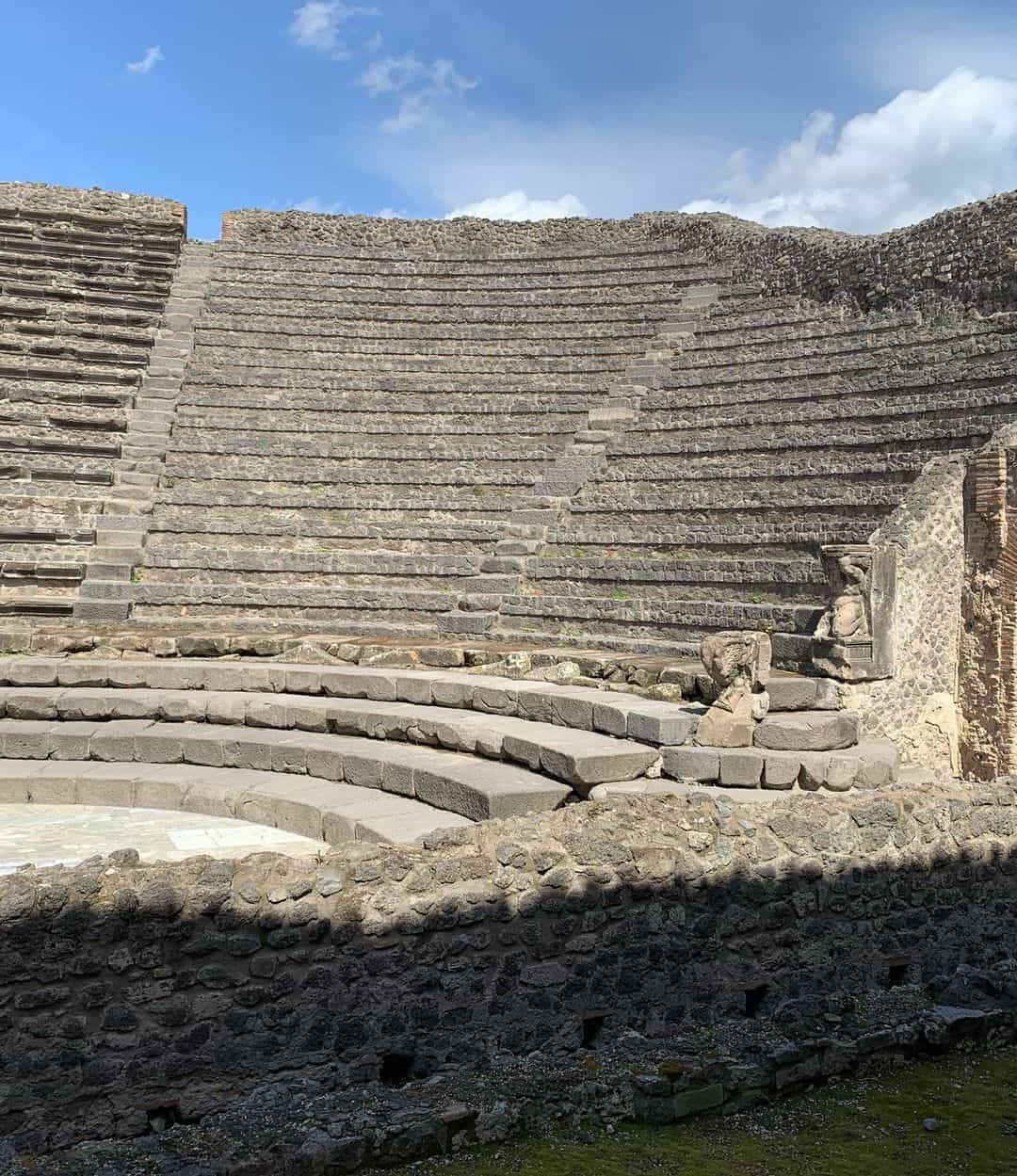
Numerous reputable international rental companies operate in Italy. This includes Sixt, Dollar, Hertz, Thrifty, and Avis.
There is an abundance of smaller, local firms too and these shouldn’t be dismissed as they may sometimes offer better deals. Use a comparison website such as Discover Cars to search for the best rental cars in Italy.
This platform lists the rental costs and details across hundreds of different providers so that you can compare and contrast which is the best for you. You can filter your search by car specs – e.g. if you are looking for an automatic car rather than a manual, you want additional extras like child booster seats, GPS, etc.
For your peace of mind, it is always best to check past reviews from previous customers. You can do this via Discover Cars, Google reviews, Tripadvisor, etc.
What type of car to choose when renting a car in Italy
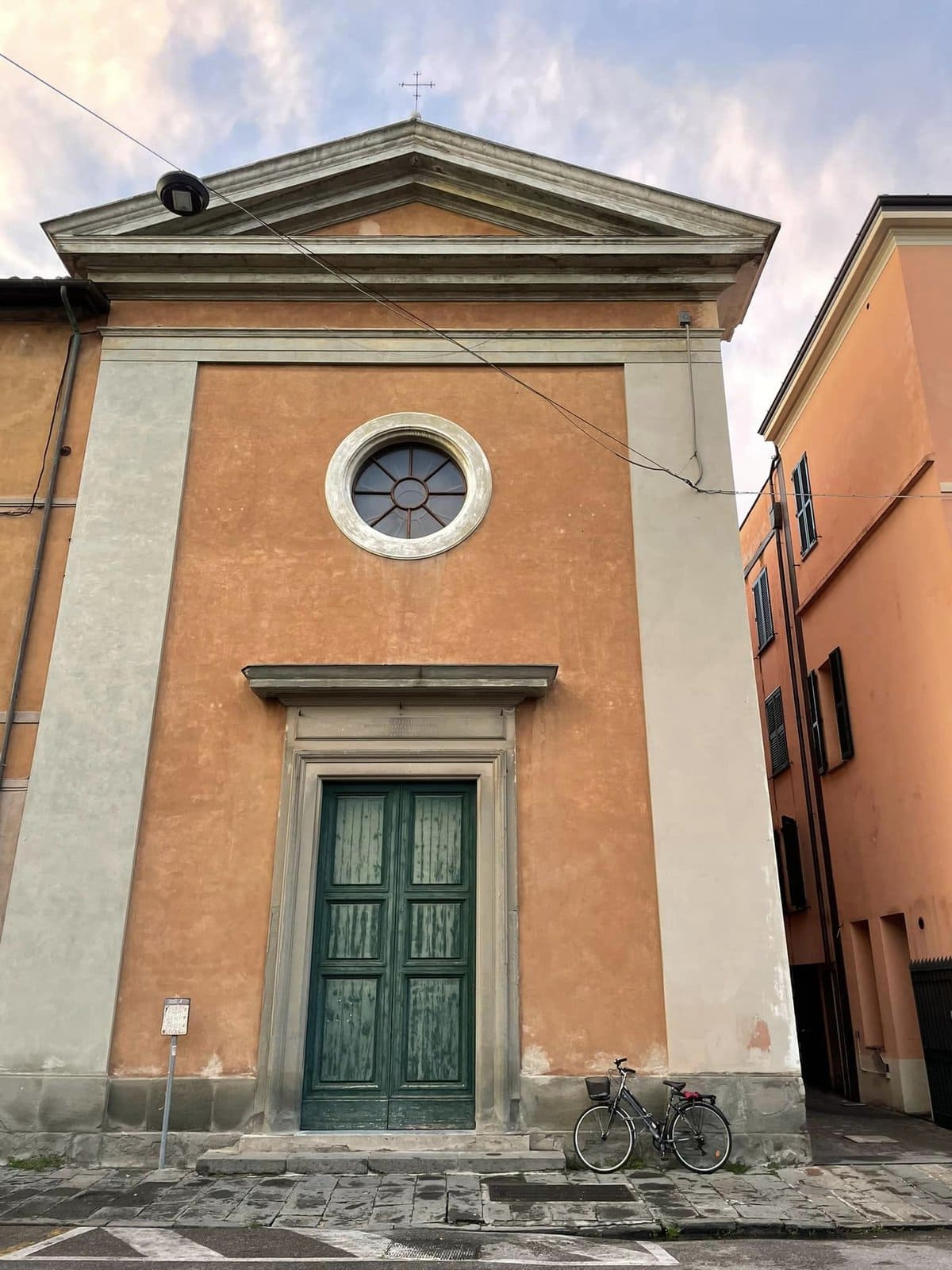
A small economy-style car is perfect for driving in Italy. The streets and roads in many Italian towns, cities, and villages are old and narrow, especially compared to roads in North America.
If you rent a large vehicle or an SUV, you might find that you have trouble making your way through some of the narrower streets. Some Italian country roads and mountain passes often feel as though they are only wide enough for one car to pass at any given time.
You don’t want to experience heart palpitations every time someone passes you on a mountain pass. Forget the monstrous SUVs and opt for something more compact.
Not to mention, it will save you a fortune on gas!
Similarly, if you are trying to maneuver a huge vehicle into tight parking spaces and congested villages, you are more susceptible to bumps and knicks. Minis, Smart cars, Fiat 500s, Hyundai i10s, and Citroen C1s are good cars for driving in Italy.
Of course, if there is a big group of you or you have a lot of luggage, you might want to look for something slightly larger with more space in the trunk.
When to organise your Italy car rental
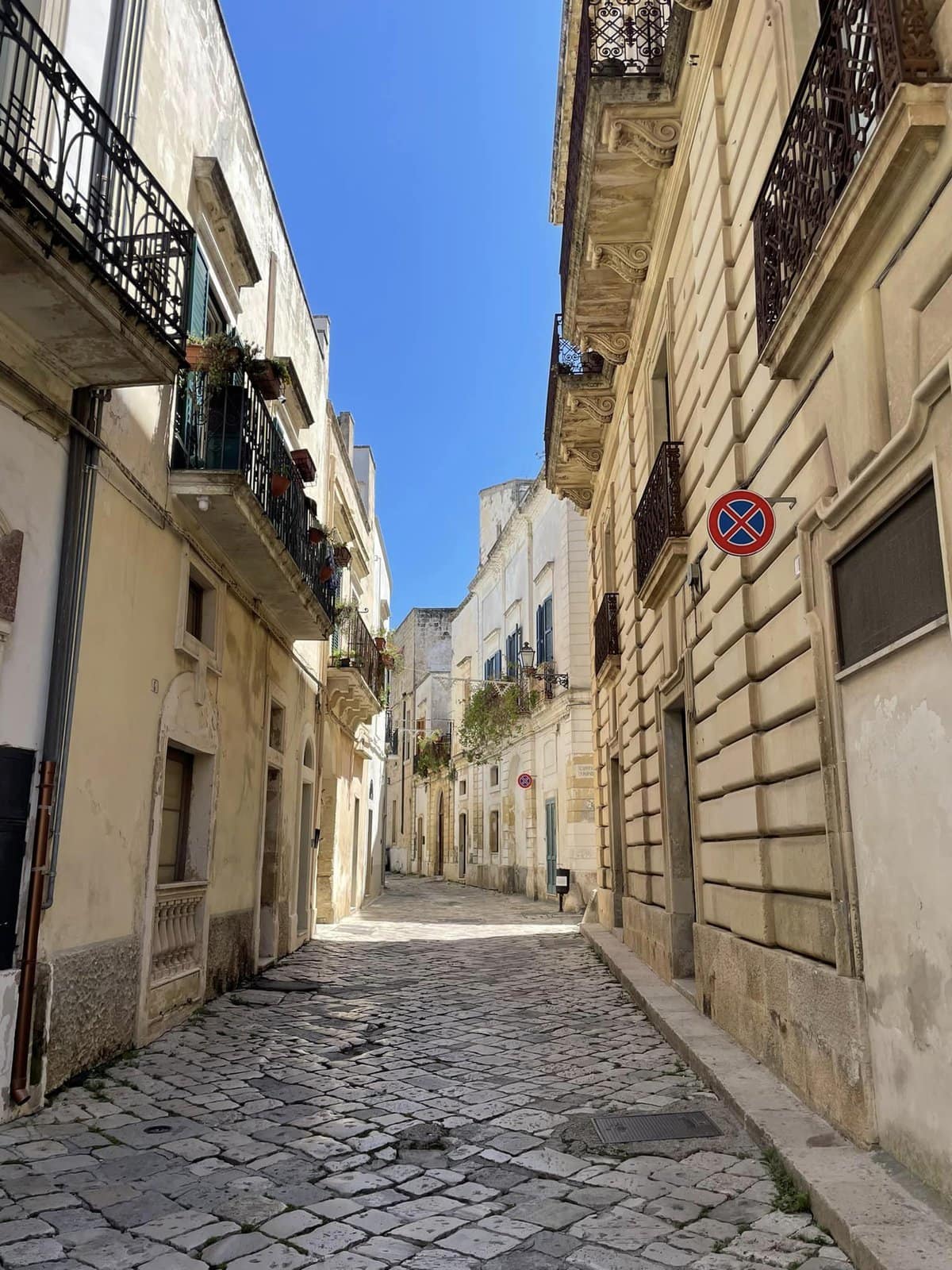
You should try and organise your Italian car rental as soon as possible once you have confirmed your travel dates. This is particularly true if you are going to be travelling over the summer, and especially if you are going to popular destinations like Rome, Florence, or Venice.
Prices become very expensive the closer you get to your departure dates. If you leave making your reservation until the last minute, you may not be able to get the car that you want either, particularly if you are hoping to rent an automatic vehicle.
When you book online, some rental companies may require you to make a partial payment upfront. Others may simply want you to pay the full amount on arrival.
Discover Cars offer free cancellation on the vast majority of rentals. This is great news for you because it means that you can book your rental, lock in a good price in advance and if you decide not to go ahead with your trip or with renting a car, you don’t lose any money.
Do you need a credit card to rent a car in Italy?
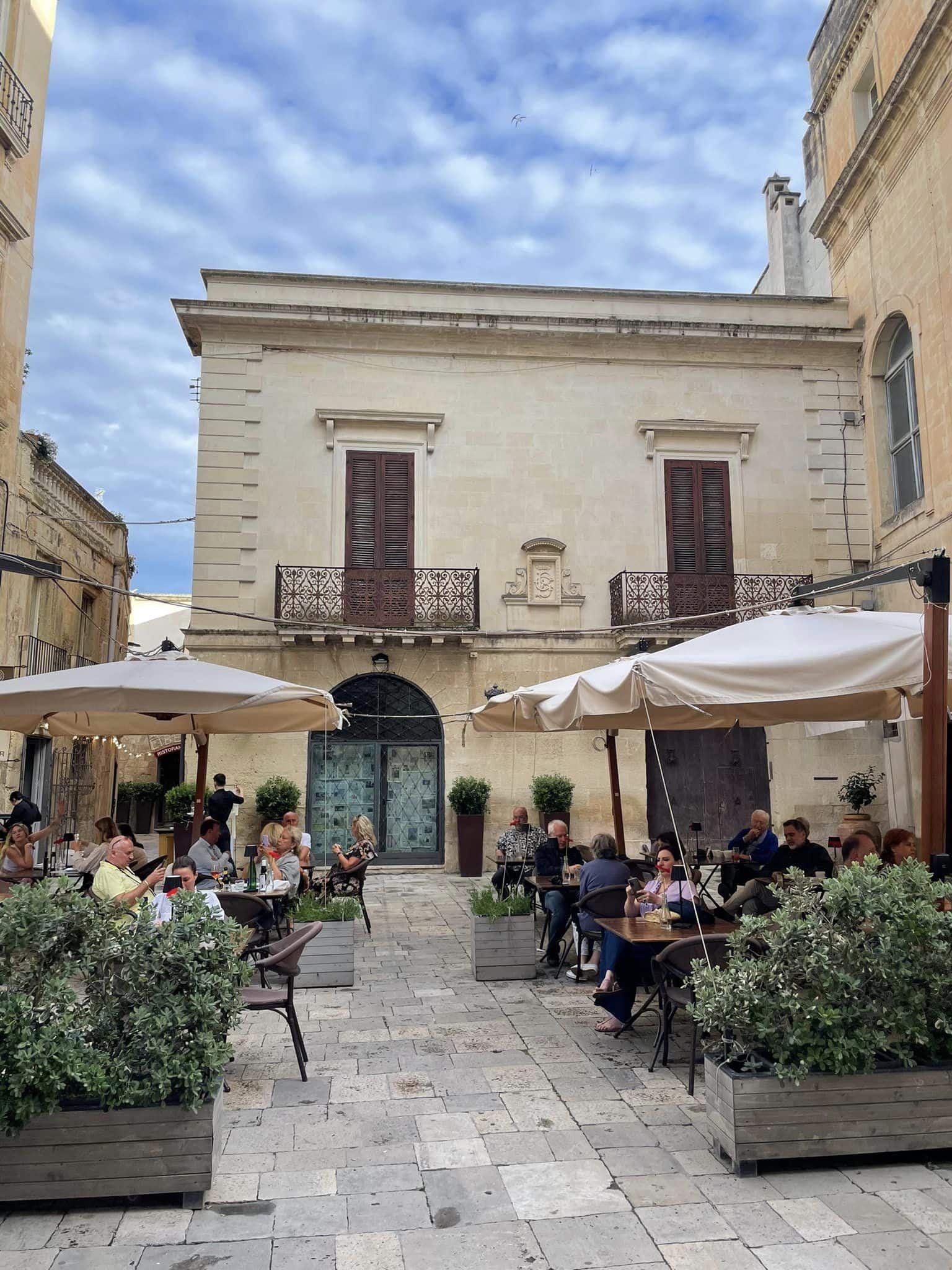
The vast majority of rental companies in Italy do require you to have a valid credit card to be able to rent a vehicle from them. That said, there are those that will also accept debit cards.
So, if you don’t have a credit card or you prefer not to use one for whatever reason, you won’t be unable to rent a car. Do keep in mind though, that credit card payments offer you an additional level of security.
Some rental companies charge slightly more if you use a debit card. This could be the difference of $50-$100 for a week’s rental.
You may also be required to hand over a sizeable cash deposit for debit card reservations, whereas if you are paying by credit card, they simply store your card details.
Car insurance requirements for renting a car in Italy
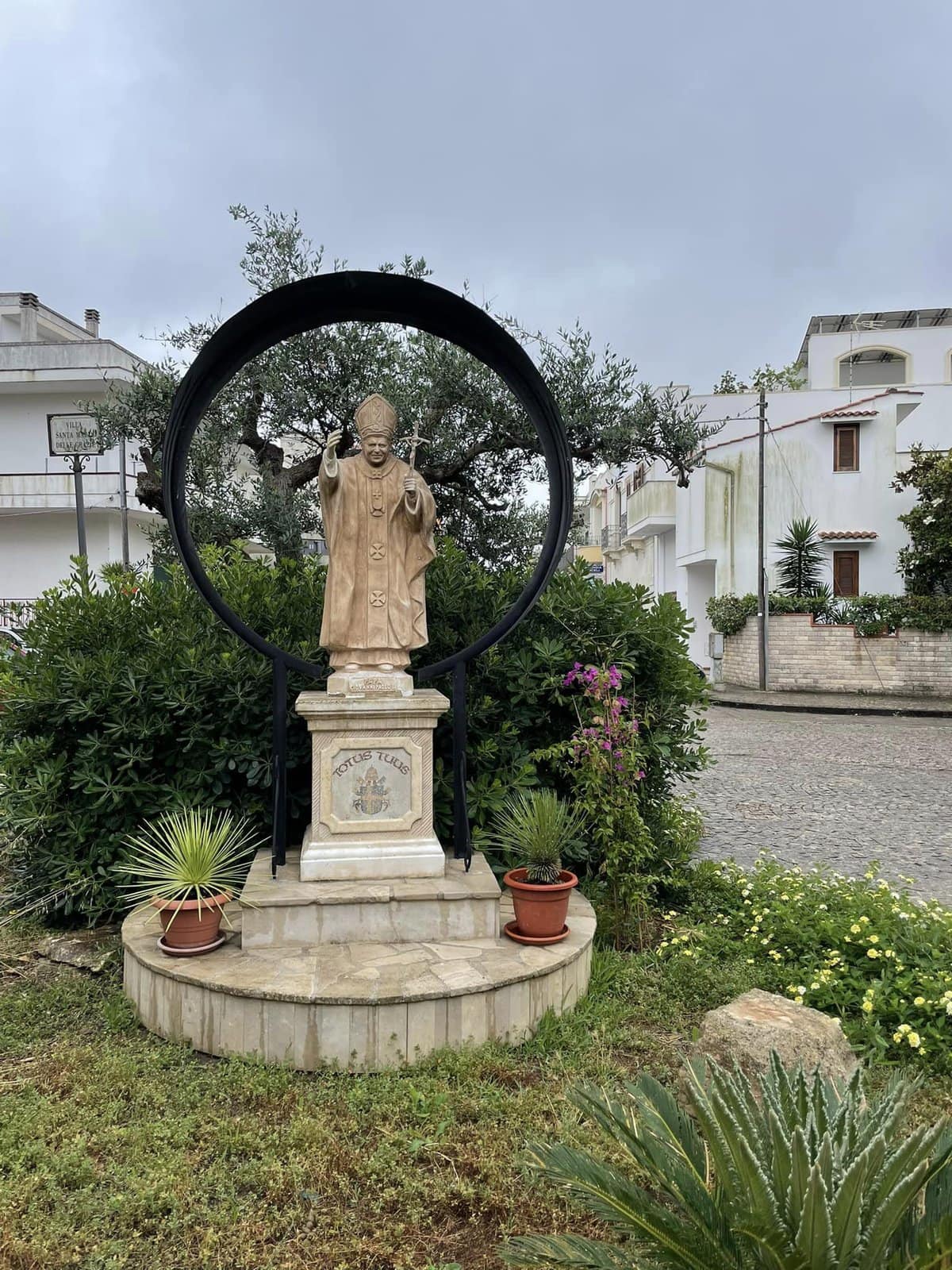
When renting a car in Italy, you are legally required to have theft protection and collision damage waiver (CDW) insurance. You will note that most rental comparison websites like Discover Cars include these automatically.
Fire and third-party liability insurance are also often included but it’s worth double-checking to be sure. These are well worth paying for and for your own peace of mind and safety, you may want to consider opting for full coverage insurance.
If you have a credit card that offers international car insurance, read the small print to see if Italy is covered. Many policies do not include Italy, although US travellers will be pleased to know that the Chase Sapphire Reserve insurance usually does.
It is a good idea to purchase your car insurance online in advance at the same time that you reserve your rental. That way you know that everything is covered.
Some rental firms do not offer their own insurance. Another reason to organise it all in advance is so that you are not scrambling around at the last minute after arriving in Italy.
Manual vs automatic rental cars
Most cars in Italy (and Europe in general) have manual transmissions. Automatic vehicles are usually in limited supply.
So, if you specifically want to rent an automatic vehicle, it is even more prudent to make sure that you organise your rental plenty of time in advance. Trying to drive a stick shift for the first time in rural Italy is both dangerous and nightmarish!
Picking up your Italy rental car
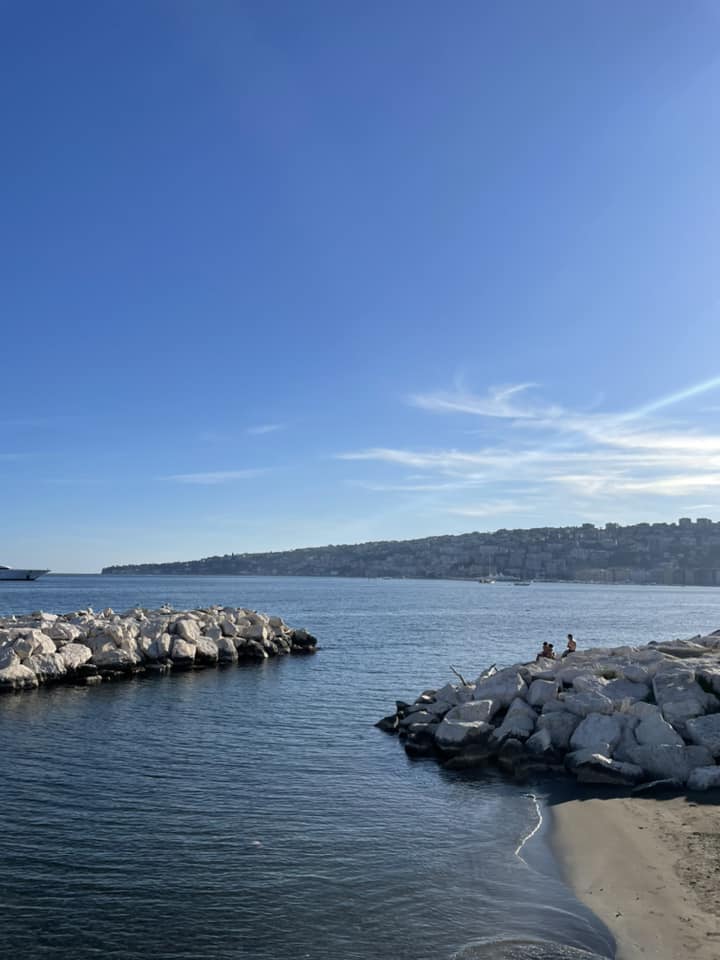
When you go to collect your Italian rental car, you will usually be asked to sign a rental agreement as well as an inventory checklist confirming the condition the car was in when you collected it. You should also thoroughly inspect the interior and exterior at this time to make sure that there are no issues.
Most rental companies are not scammers – they depend on tourism for their livelihoods after all! But it is always better to be safe than sorry. Take photos so that you have timestamped evidence of the condition the car was in.
If you notice any problems, no matter how small (e.g. a scratch/bump on the car), bring it to the attention of the rental company there and then. (A sketchy rental company could try and blame you later.)
Read all the small print of your rental contract to make sure that you are aware of exactly what is included in your rental, any additional fees or exclusions, and any requirements for when you return the vehicle. (For instance. a lot of Italian rental companies require you to return the car with a full tank of gas. If you return it with a gas tank that is partially full, they will bill you for an entire tank.)
Returning your Italy rental car
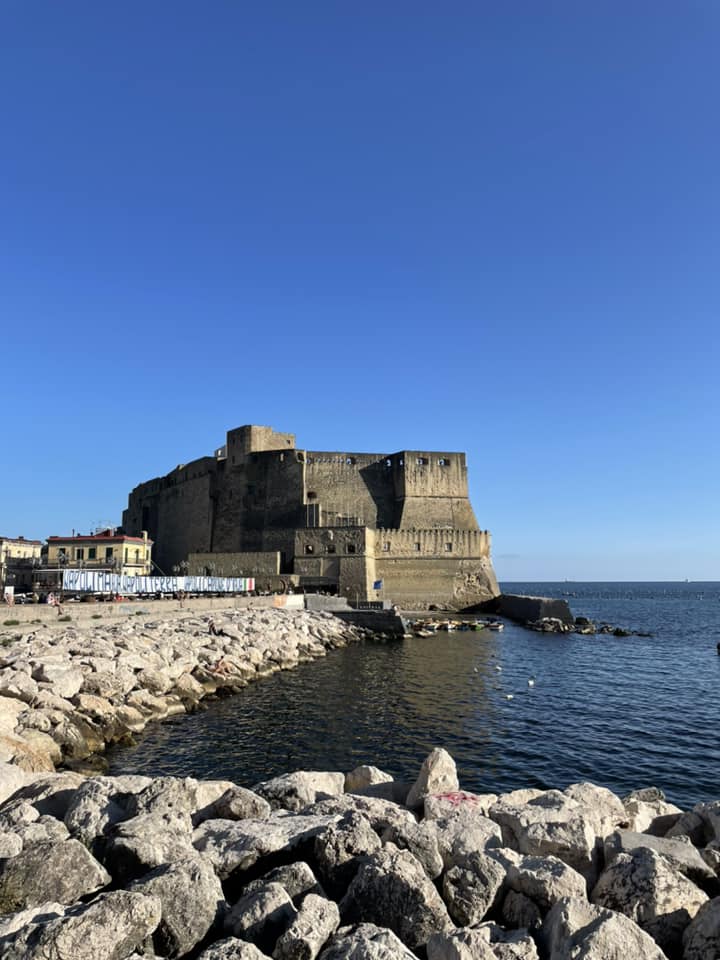
At the end of your trip, it pays to do a few final checks when returning your vehicle. Do a quick clear-out and check to make sure that there is nothing left behind and that you are returning it in good condition.
(You don’t want to be subject to any additional cleaning fees!) Take photos of the interior and exterior of the car when you drop it off so you have timestamped evidence of the condition in which you returned it.
Arguably this is even more important than doing so when you pick it up. A scammy rental company is more likely to say that the car was not sent back in the same state that you received it in.
Always cover yourself!
If you have damaged the vehicle in any way, it is important to be upfront about it. Your rental company will organise the necessary repairs with a trusted mechanic and then bill you accordingly, for you to claim the amount back through your insurer.
(You are entitled to have full visibility on this process, ask for receipts, etc).
Don’t ever hand over any money without an itemised bill.
Caring for your car in Italy
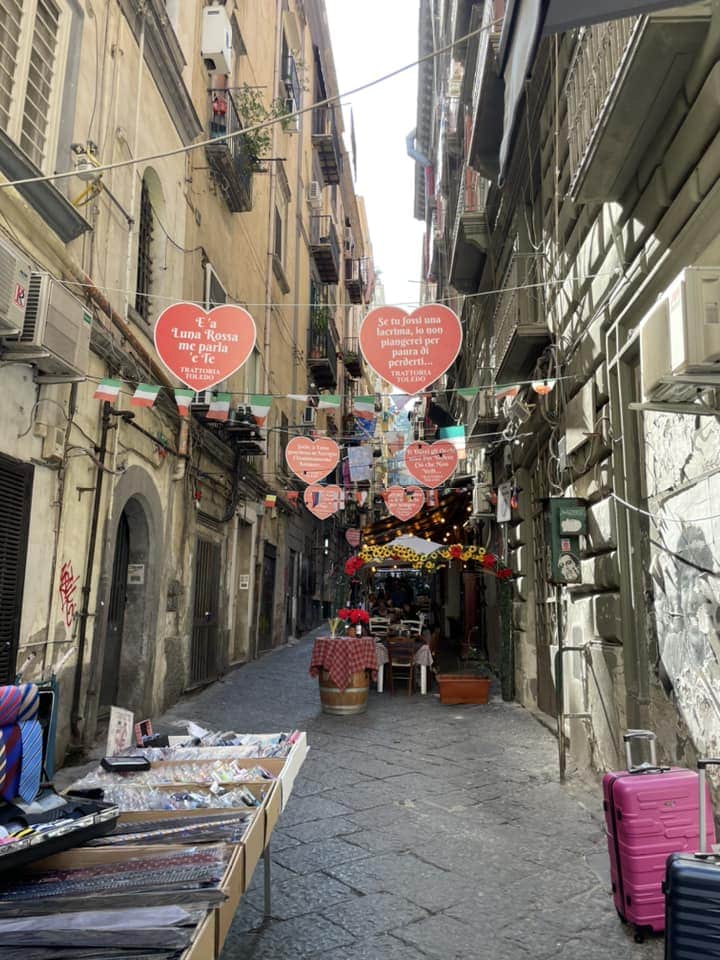
Petty theft and opportunists looking to make a quick buck from tourists are a problem all over the world and in Italy, it is particularly a concern in the south. (That is not to say that the south of Italy is dangerous, just that you need to use some common sense when driving, renting a car, etc).
Car break-ins are not ultra-common but they are not unheard of either. Never leave valuables on display in your car (or in the car at all).
Most crime is opportunistic so be careful about leaving your car parked down random side streets, particularly at night. It usually pays to pay to keep your car in a parking garage.
Navigating your way around Italy using GPS
A lot of Italian rental cars do not have GPS systems built in. Rather than paying extra for this device, just make sure that you have an offline map such as Google Maps or Maps Me installed on your phone.
If your cell phone network does not have a generous data plan for Italy, you can pick up an Italian sim card locally for a low cost. Wind Tre, Vodafone, and TIM are among the best Italian rental companies.
You can get a plan with a decent amount of data and EU calls and SMS for as little as €20-€25. If you don’t want the hassle of changing your sim card, you can also buy an E-Sim through Airalo or Holafly for as little as €25 for a weekly package or €50 for a monthly package.
Driving in Italy as a Tourist
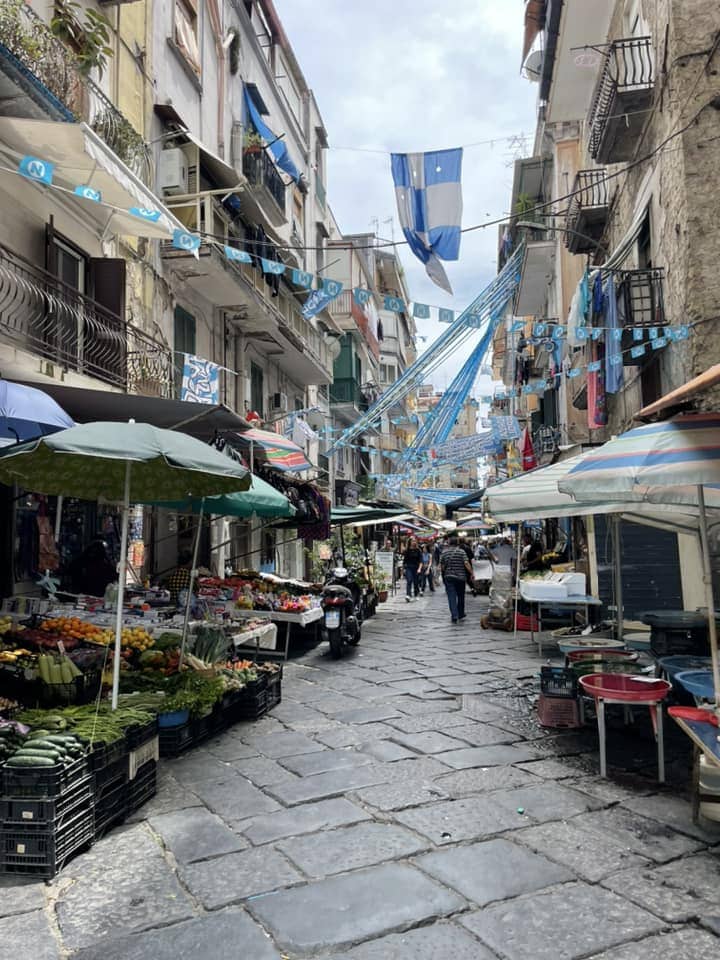
It is understandable that renting a car in Italy may be a daunting prospect. (Driving in any country outside of your own can be intimidating!)
Italy doesn’t really have the best reputation as a place to drive. You may find that when you tell a lot of people that you are considering renting a car here, they frown at you and look at you as if you have just sprouted a second head!
Don’t worry. Most Italian roads are in good condition and although Italian drivers have a reputation for driving fast or being a bit hotheaded and easily annoyed, you could easily apply that to a minority of drivers in any country.
Be aware of yourself, your own driving, and your surroundings and you will be fine. Italy is not the wild west after all!
Useful tips for driving in Italy
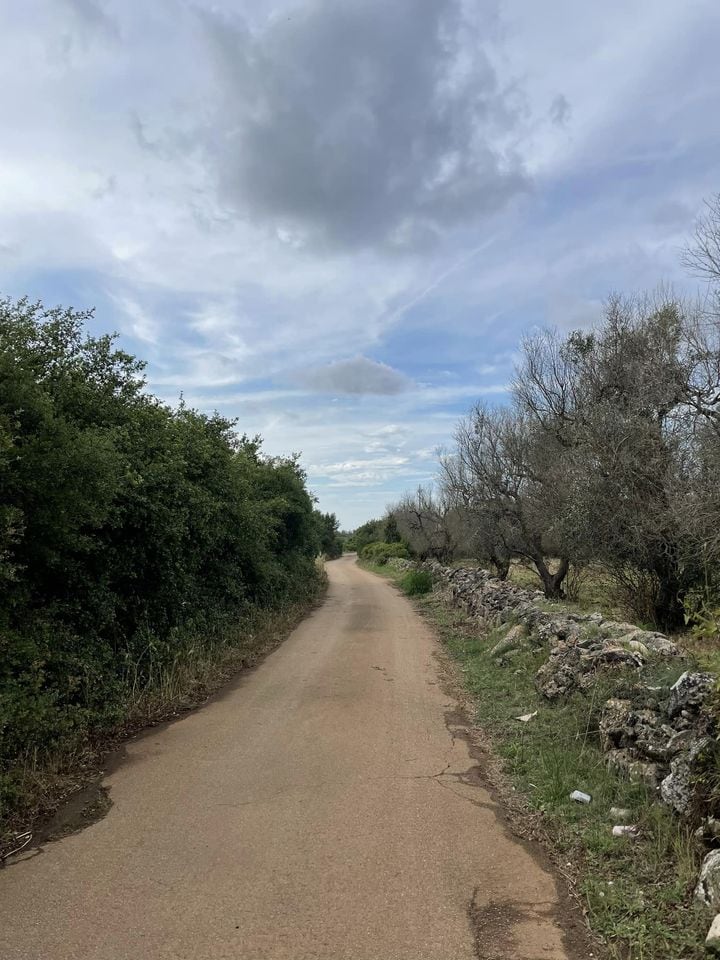
Some handy tips to help you are detailed below.
- In Italy, you drive on the right and overtake on the left like in most of Europe.
- Vehicles coming from the right have priority at junctions and roundabouts unless signs indicate otherwise
- Many rural roads and country lanes are very narrow and only wide enough for one car to fit through. Honk when turning a corner to let other vehicles know you are approaching.
- On motorways and suburban roads, it is compulsory to drive with the sidelights and dipped headlights on. This is optional in urban areas.
- All passengers inside the vehicle must be wearing a seatbelt at all times
- It is illegal to drink and drive. The blood alcohol limit in Italy is 0.5
- Avoid driving after dark where possible as many roads in rural areas do not have street lights.
- Many Italian drivers do not indicate when turning onto roads, junctions, and roundabouts.
- Look out for cows, sheep, stray dogs, and other wildlife that may wander into the road in rural parts of the country.
- Never drive in a limited traffic zone (ZTL).
Toll booths in Italy
There are a lot of toll booths scattered along major roads and motorways in Italy. (The Autostrada).
The total toll cost per journey can quickly add up – often exceeding €30-50.
Toll booths should be marked on your phone apps. Ensure that you always have plenty of cash with you as cards are not accepted at toll booths.
Using the car horn in Italy
Honking the horn in built-up areas when it isn’t an emergency is technically illegal. But – welcome to Italy!
You will often find that people are sitting in traffic in Rome or Naples just honking their horns for the fun of it as if they are playing an instrument. It is best not to follow suit.
Avoid using the horn unless it really is an emergency.
Parking in Italy
You can often find free street parking in Italy. However, parking here can be a stressful experience.
Spaces can be tight, it can be tough to find a spot to park, and it can become a bit of a free-for-all with Italian drivers often squeezing their vehicle into any available space – whether that means they are parked half on the pavement, dangerously on a street corner, etc.
You can usually park anywhere on the street, even if the road isn’t painted a specific colour, unless there are signs indicating otherwise. Blue lines indicate paid parking (and there should be a parking meter or two nearby), white lines indicate free parking and yellow parking indicates disabled-only parking.
You will also find large parking garages in a lot of Italian towns and cities where you can stay for a fee. In parking garages and paid parking zones, you may have to enter your car registration number on the machine before paying.
(Look out for the instruction that reads ¨Digitare la targa del proprio veicolo¨).
Understand Zona Traffico Limitato Zones (ZTL)
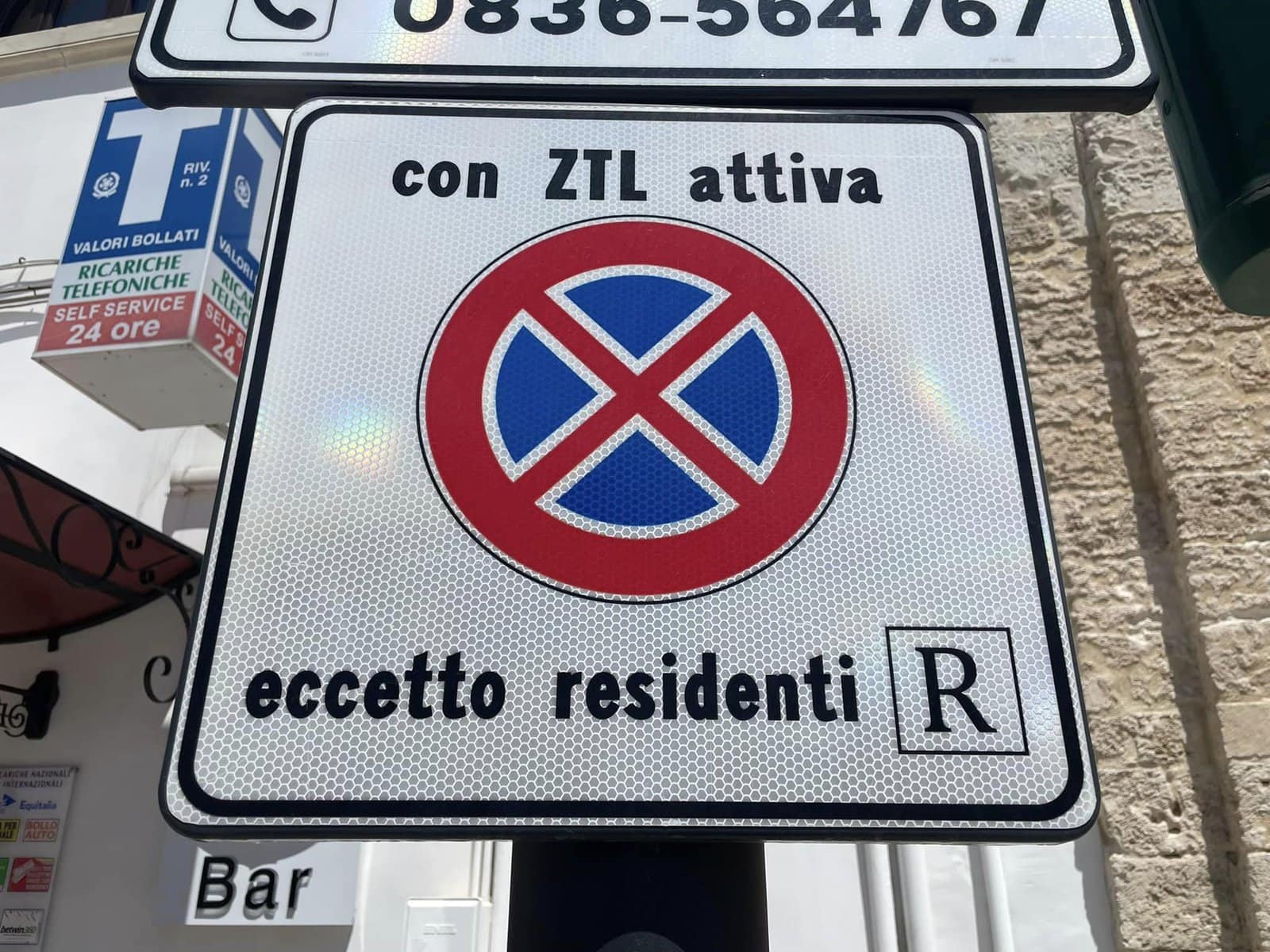
It is very important to be aware of Zona Traffico Limitato (ZTL) zones when driving in Italy. These zones are in place to prevent congestion in city centres and to protect historical and cultural areas.
If you inadvertently drive through STL areas, you will be slapped with a hefty fine. This is usually anywhere between €80 to €326(!)
There are over 200 ZTL zones across Italy. Each of these is well-marked.
However, you need to know what you are looking for. A ZTL zone is indicated by a sign that has a big red circle on it, depicting that no cars can enter the zone.
You should also keep in mind that the entry points to ZTL zones are heavily monitored by surveillance cameras. If you pass into the zone, your license plate number is recorded and a ticket is automatically issued.
Try to be careful with this. A lot of people have unknowingly driven into a ZTL zone when driving down a one-way street.
Arriving home from your Italy vacation to see that a ZTL fine has been sent to you via international delivery is surely not the kind of souvenir that you want.
ZTL Zones – Things to Keep in Mind
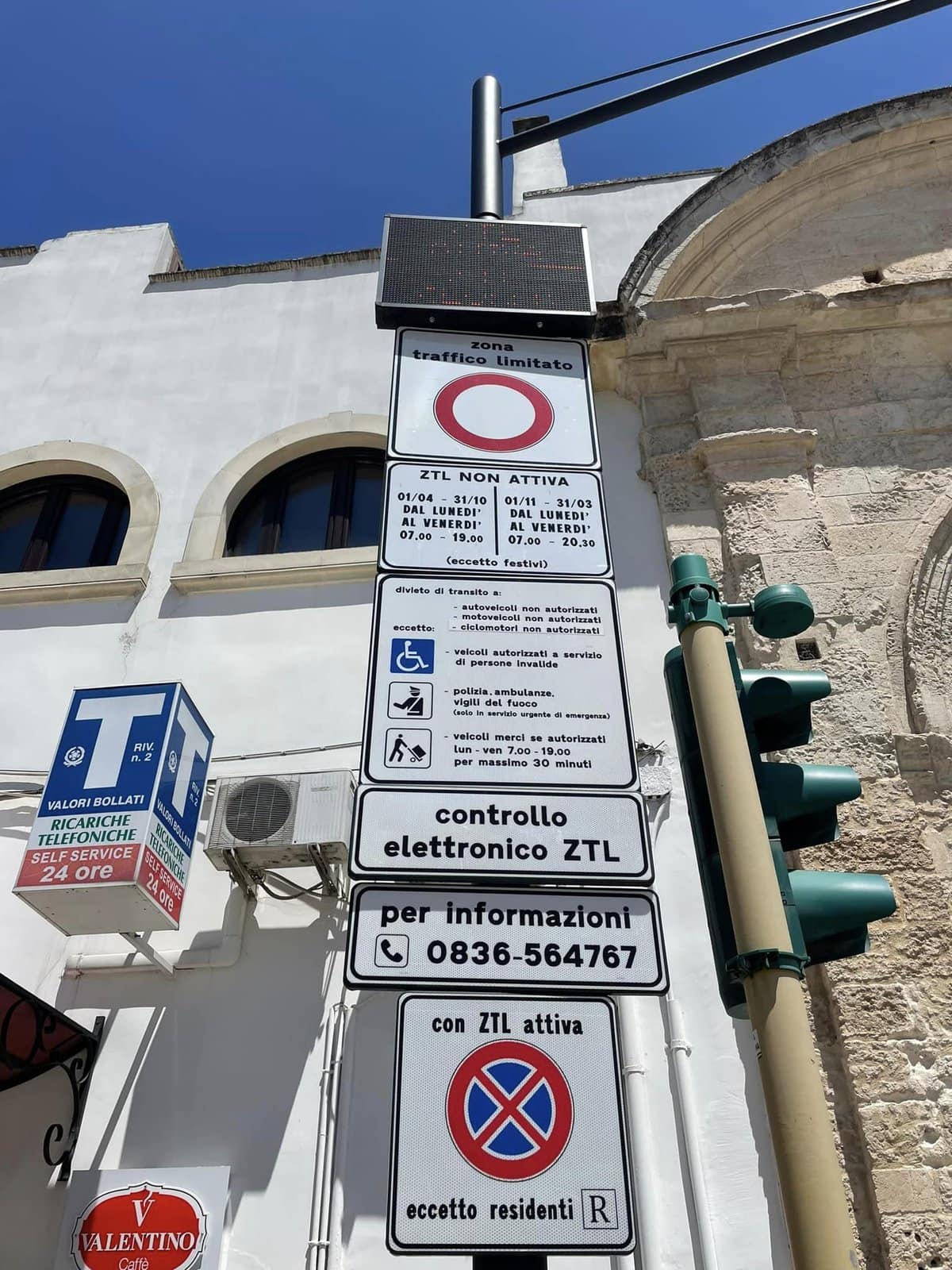
- GPS systems often suggest driving right through ZTL zones as they have no idea of their presence and just offer the shortest route. This is something to be mindful of. Make sure you look out for the ZTL signs.
- ZTL zone rules vary from city to city. Typically you cannot pass through the zone from 8 am to 8 pm.
- If you see someone driving into a ZTL zone, don’t follow them and assume it will be okay. Either they may have a pass to enter, or they may have made a mistake.
- If you accidentally enter a ZTL zone it is probably not possible to just turn around again. Most of these areas are comprised of narrow one-way streets. Continue on until you exit the zone.
- Some cities with ZTL zones allow residents/permit holders to pass through. Don’t mistake this as the zone being okay for you to enter.
Speed limits in Italy
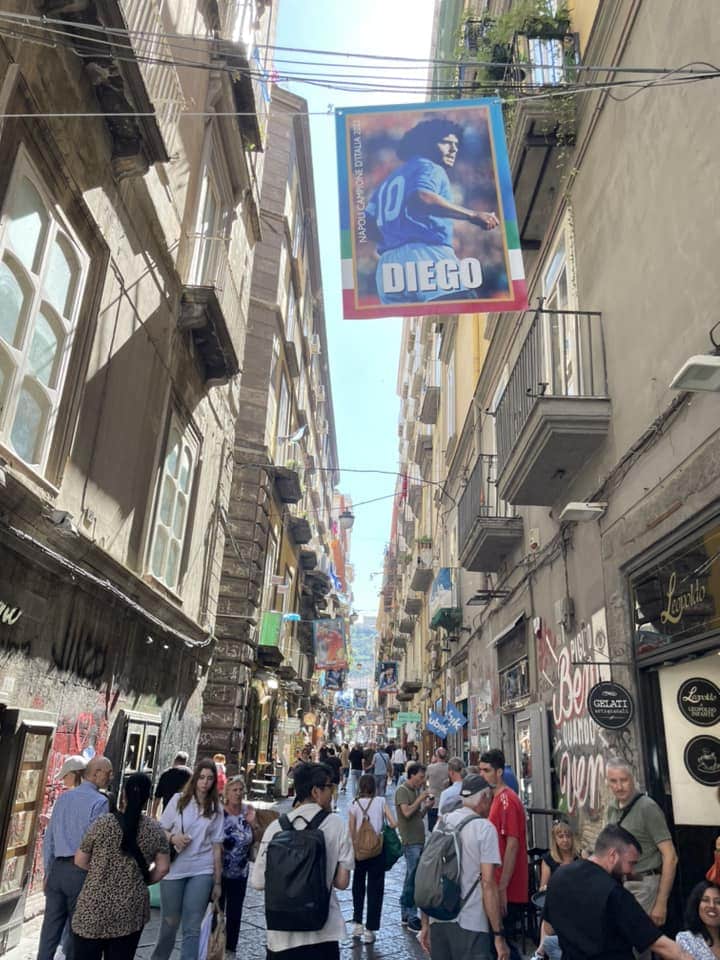
The speed limits in Italy are displayed in kilometers per hour (km/h). The limits for each road type are displayed below.
- 50 km/h in towns and built-up areas
- 90 km/h on strade statali and national roads
- 110 km/h on strade extraurbane principali
- 130 km/h on the Autostrada (motorways and highways)
Speeding fines in Italy can be steep. Although you may often see Italian drivers bombing down the street with no concern for speed limits, it is better not to follow suit.
Gas stations in Italy
Gas stations in Italy are mostly self-service. This is a far cry from driving in Greece and other parts of Southern Europe where they are full service!
Sometimes, you will pull into a gas station and find that there is no one around whatsoever. So, it pays to know what you are looking for before you arrive.
Americans should note that gas in Italy is a lot more expensive than in the United States. You should also know that gas here is displayed per liter, not per gallon.
In Italy, gasoline is known as benzina. Diesel is known as gasolio.
The exact prices per liter are subject to constant fluctuations, particularly given the current Ukraine and Russia situation which is affecting gas prices all over Europe.
In June 2023, a liter of gas in Italy cost around €1.80. That is a slight increase over the past couple of months in line with inflation as back in December 2022, the price was €1.59 per liter
If you are unsure whether your rental car takes gas or diesel, be sure to ask your rental company. Failing that, you will usually find a sticker somewhere inside the vehicle that states what type of gas it takes. (It is often on the fuel door, on the dashboard, or on the car key.)
Larger gas stations along the Autostrada (main highway) in Italy are typically open 7 days a week, including Sundays, until late. Smaller regional gas stations often open from 7 am until 7 pm with an afternoon siesta from around 1 pm until 4 pm.
Openings vary significantly from one station to another so it is important to know where you can get gas from before letting yourself run low.
A note about children’s car seats in Italy
If you are traveling with babies or small children, babies below 12 months old must be secured in a rear-facing car seat.
The Italian Road Code requires children to be secured in an appropriate car seat up until 12 years of age. Children over 12 or exceeding 4 feet, 9 inches in height can be secured with just a seatbelt.
Not all car seats are suitable for renting a car in Italy.
To meet Italian regulations, your car seat must have an EU-certified logo and a code. This should typically read as ECE R44 and ECE R129 i.
When using Discover Cars and other car rental platforms, you have the option to add a car seat to your booking.
FAQs about Renting a Car in Italy
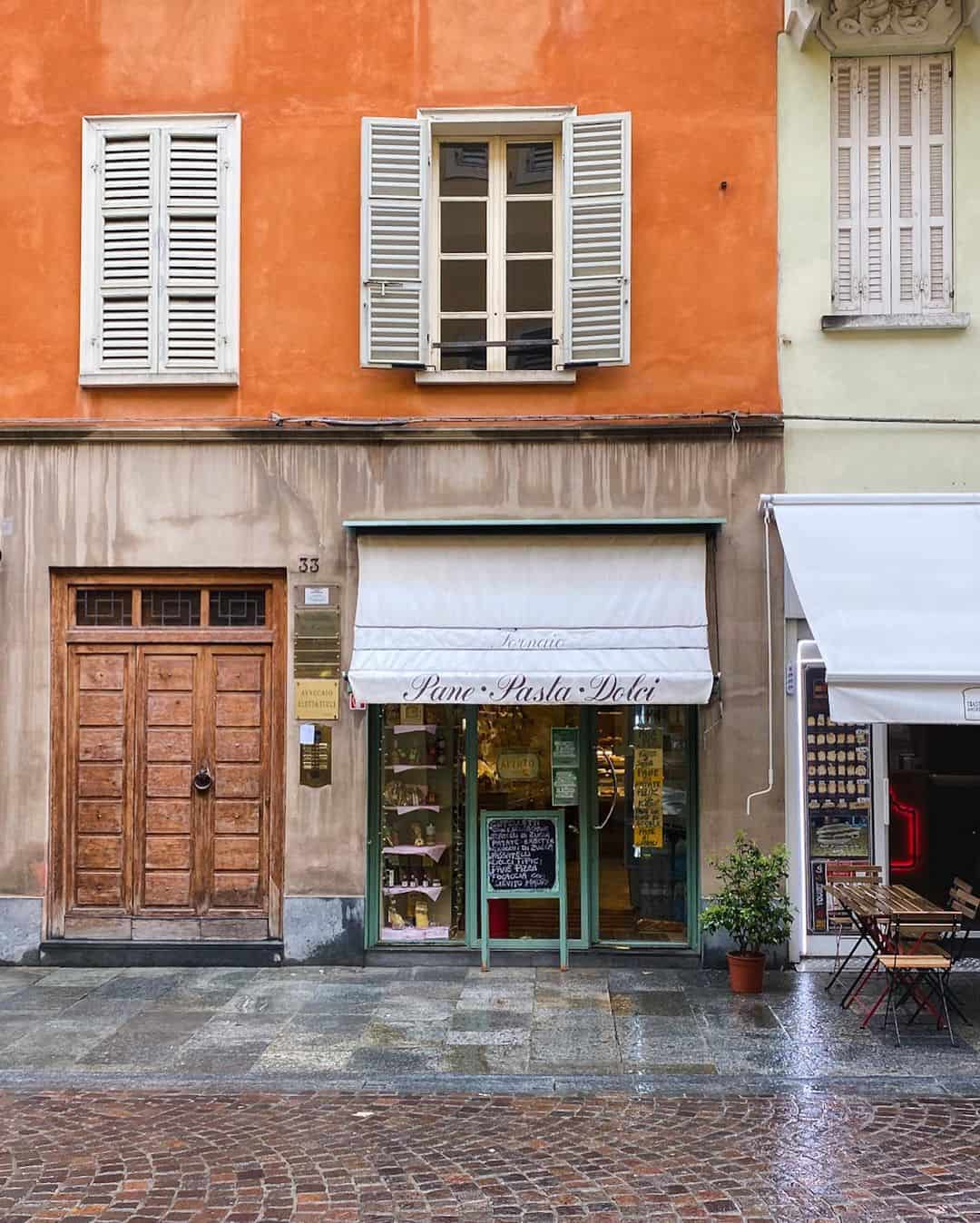
Do you have any additional questions or concerns about renting a car in Italy? Hopefully, you will find the answers you are looking for below.
Otherwise, feel free to reach out!
Can a foreigner rent a car in Italy?
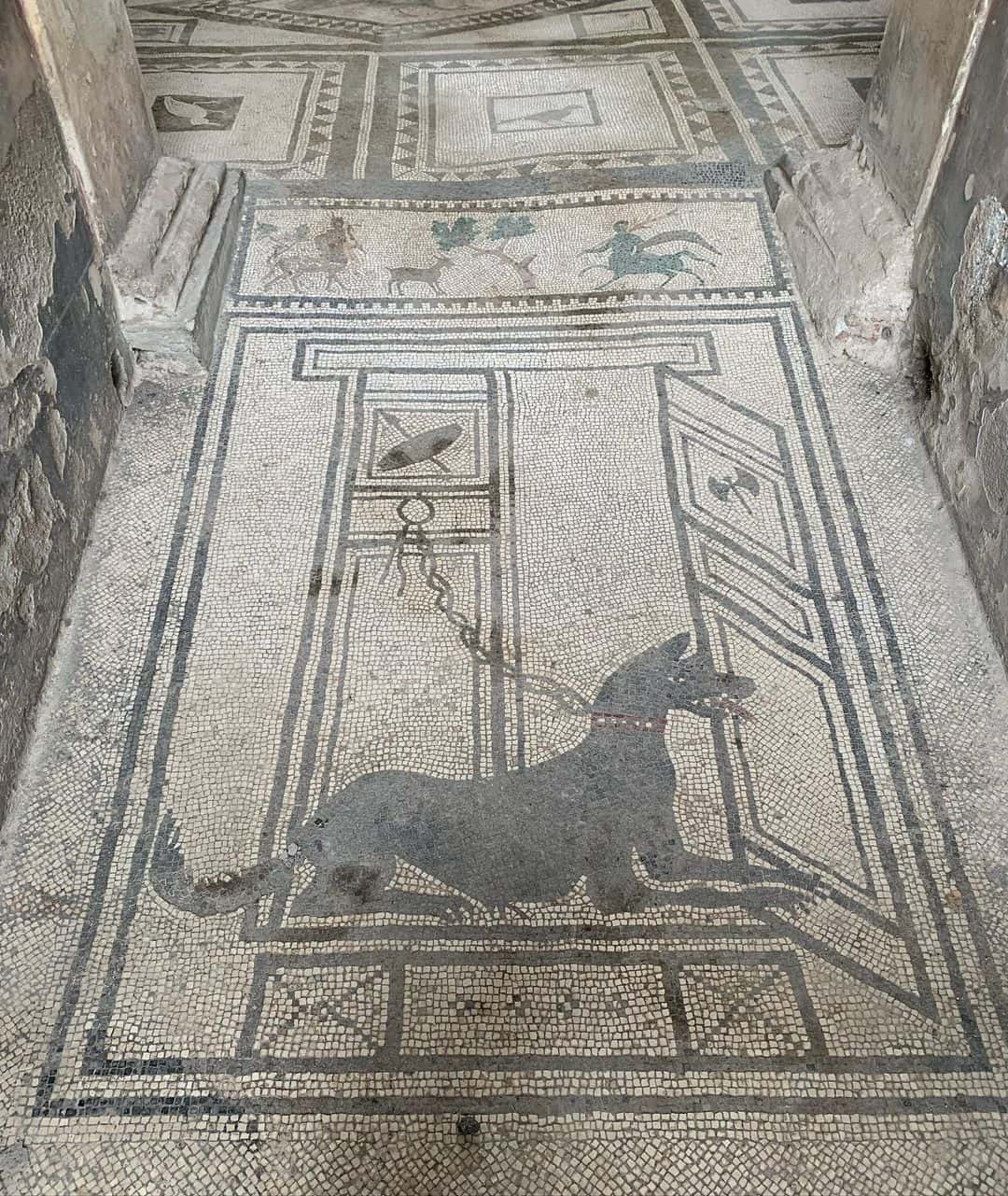
Yes. Anyone can rent a car in Italy provided that they meet the age requirements set by the rental company (typically between 21-70), they have a full driving license that they have had for at least a year, and an International Driving Permit, (if applicable.)
Can I rent a car in Italy with a US driver’s license?
You can rent a car in Italy with a US driver’s license. However, you also need to have an International driver’s Permit.
You can get this from AAA for $15. You can find more info on this process on the AAA website here.
Can I drive in Italy as a tourist?
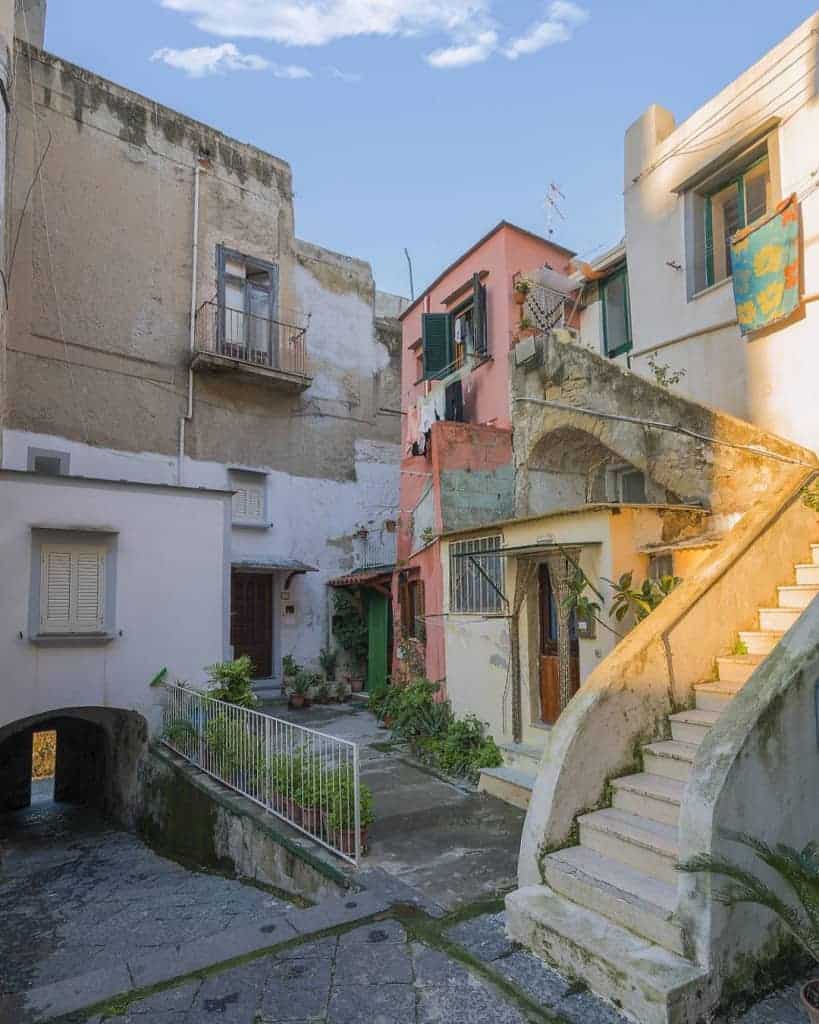
Yes. Plenty of tourists drive in Italy and it makes getting from A to B during their trip a lot easier.
You just need to ensure that you meet the necessary requirements and are in possession of a full driving license.
Do I need an International Driver’s Permit to rent a car in Italy?
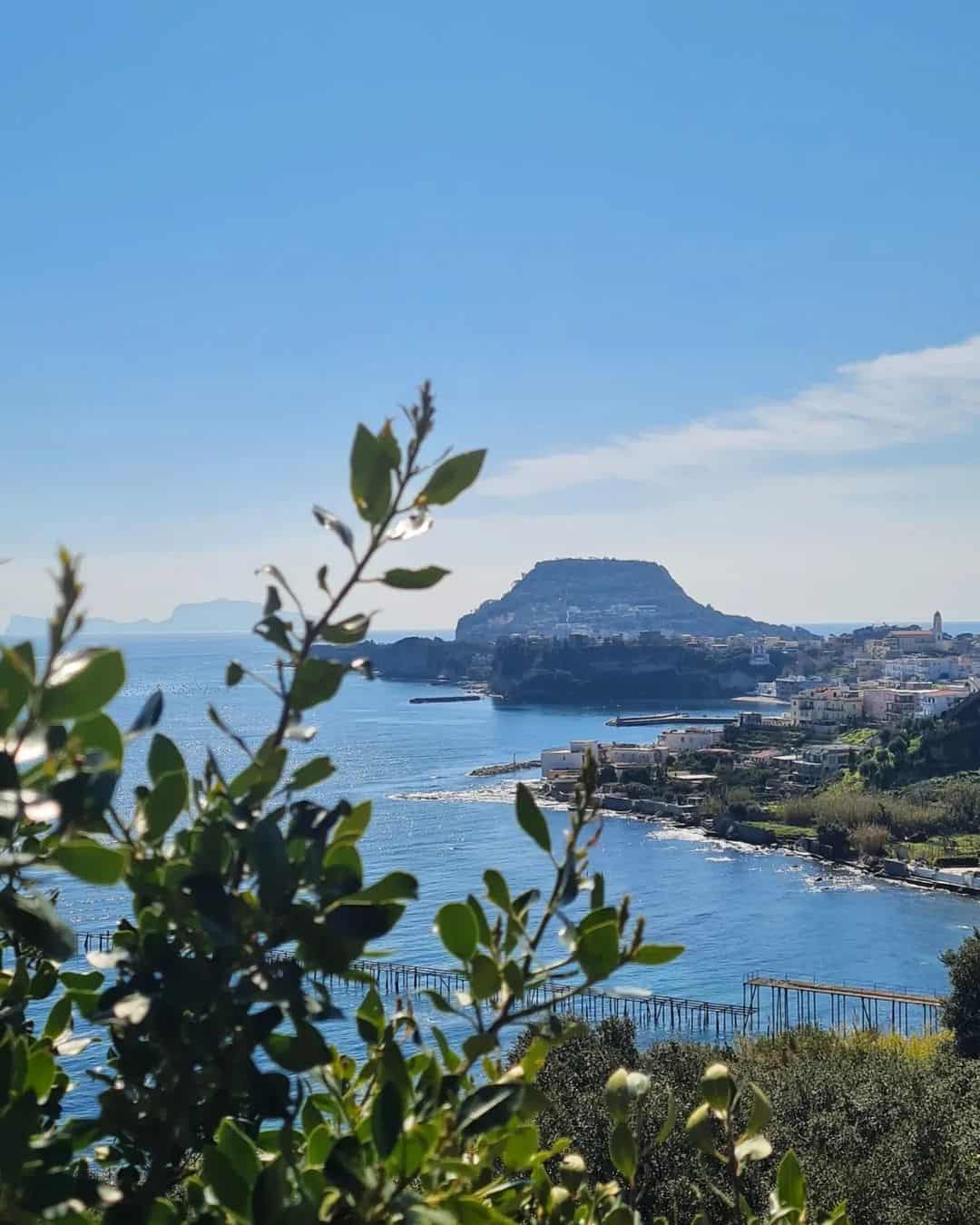
If you are not in possession of an Italian or EU driving license then yes, you are legally required to acquire an International Drivers Permit before you can rent a car in Italy.
Is it difficult to drive in Italy?
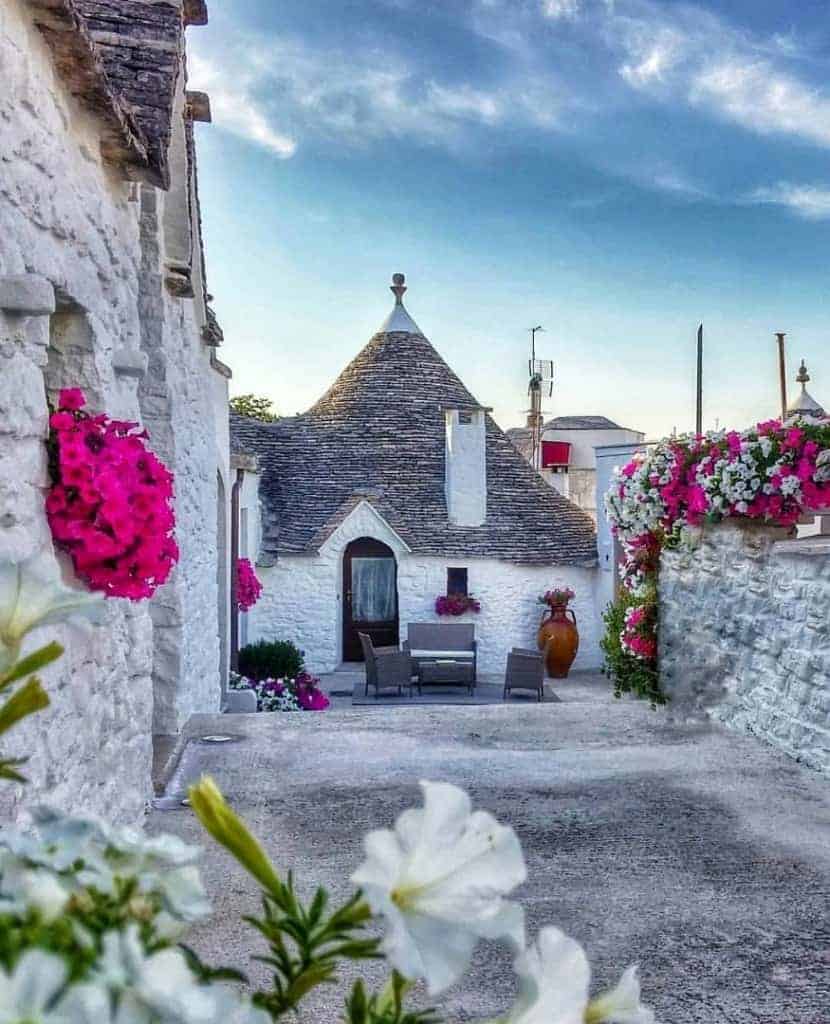
Driving in Italy can sometimes feel a little more chaotic than driving in say, the US or the UK, but roads are generally in good condition, and road rules and laws still apply. By no means should driving here be considered overly difficult.
Final thoughts on renting a car in Italy
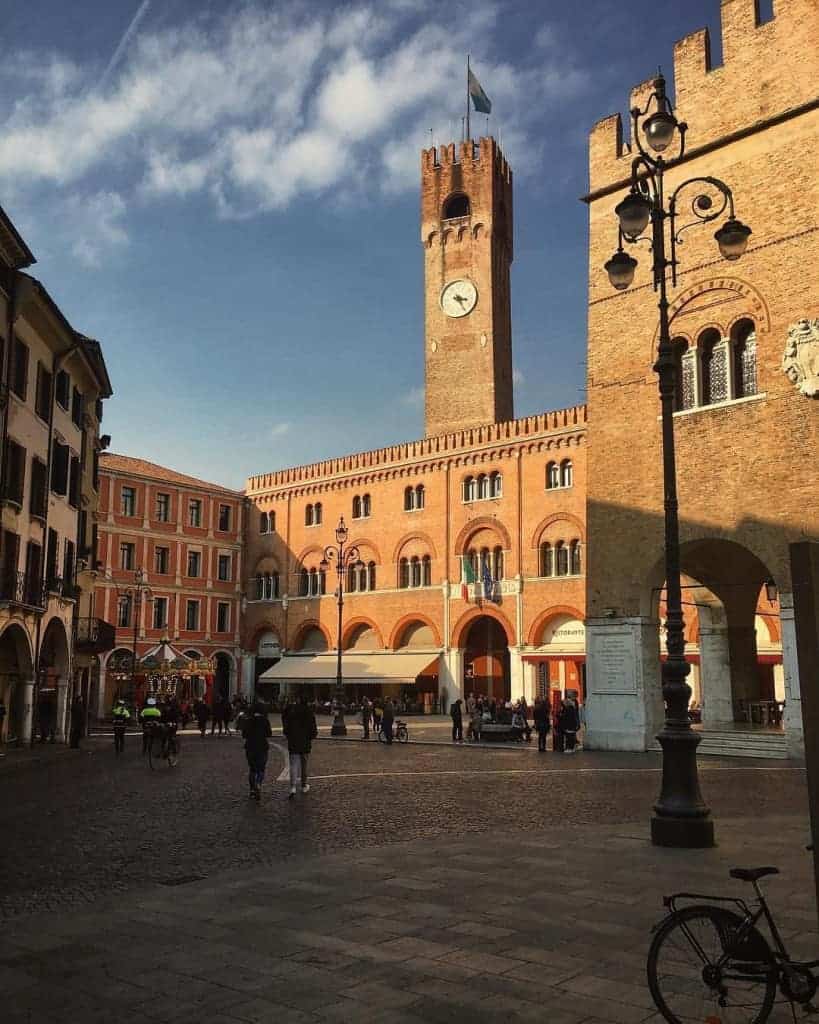
Do you have any further questions about renting a car in Italy or planning a trip to Italy,? I used to live in Italy (In both Naples and Catania in Sicily) and rented cars on numerous occasions.
I am happy to answer any queries that you may have. Feel free to ping me an email.
Buon viaggio! Melissa xo

Hi Melissa,
Thanks for sharing your experiences. I have a quick question on taking rental car from mainland Italy to Sciliy.
The big rental company I have asked (Avis and EuropCar) seems to allow you to pickup from Rome and drop off in a Scilian city (like Ragusa). However they said their insurance is not valid during the ferry. How would be able to cross with our rental car?
In your experience is it better to drop off before Sciliy and then rehire car in Sciliy once you have crossed over in the ferry? Just trying to avoid the hassle.
Many thanks
We are trying to rent a car in Siena and return it in Naples. This does not seem to be as easy as expected. Any suggestions?
Thanks and happy trails
Barbara
Melissa,
Loved all your Italy pointers! The best. Nervous about rental car insurance coverage.
What is your thoughts on insurance coverage on rental cars. Our chase credit card states they cover basic coverage in Italy. Also, what rental car company would you recommend?